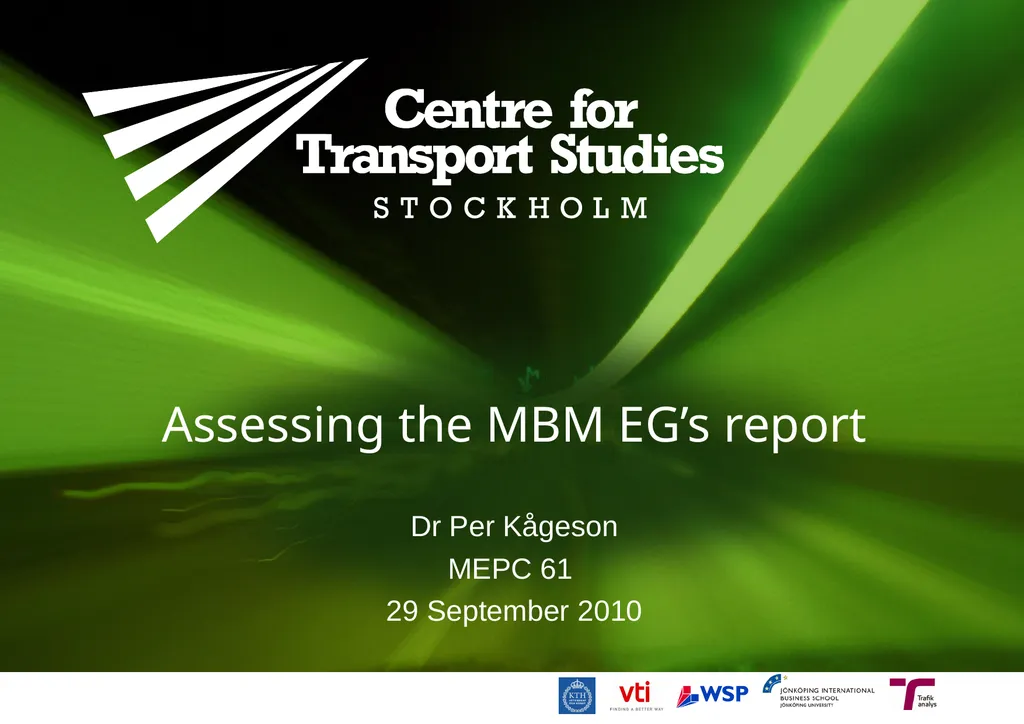
Author : yoshiko-marsland | Published Date : 2025-05-24
Description: Assessing the MBM EGs report Dr Per Kågeson MEPC 61 29 September 2010 The Expert Groups feasibility study and impact assessment of the MBAs A valuable summary and assessment of the proposals Relevant information on abatement measuresDownload Presentation The PPT/PDF document "" is the property of its rightful owner. Permission is granted to download and print the materials on this website for personal, non-commercial use only, and to display it on your personal computer provided you do not modify the materials and that you retain all copyright notices contained in the materials. By downloading content from our website, you accept the terms of this agreement.
Here is the link to download the presentation.
"Assessing the MBM EG’s report Dr Per Kågeson MEPC"The content belongs to its owner. You may download and print it for personal use, without modification, and keep all copyright notices. By downloading, you agree to these terms.













